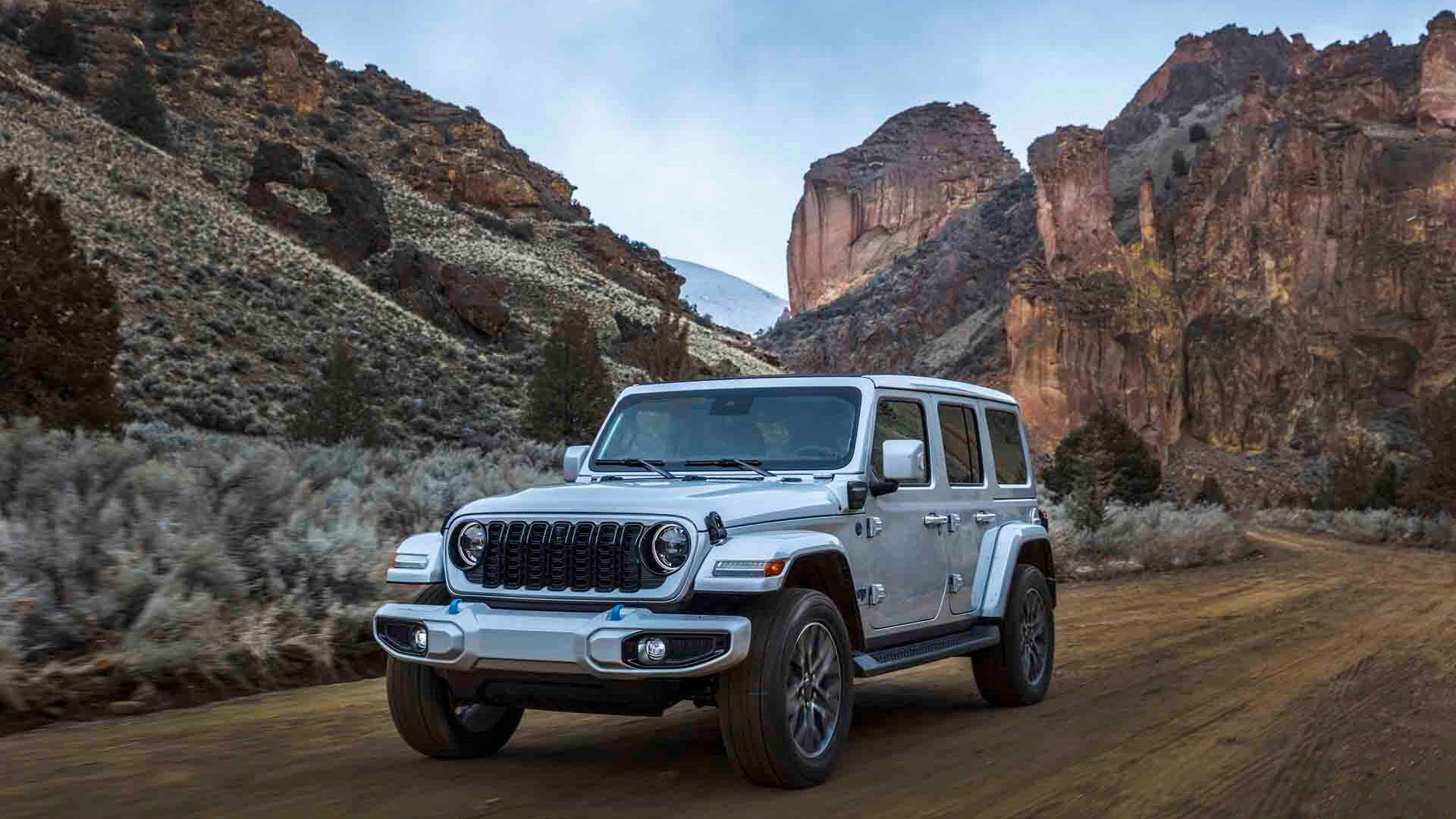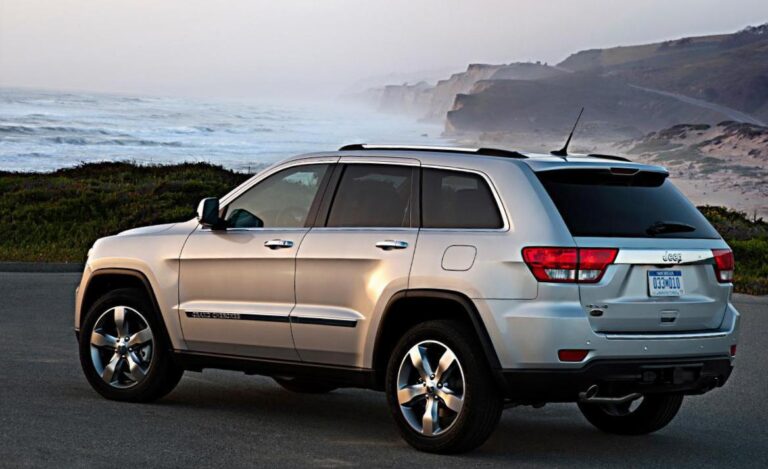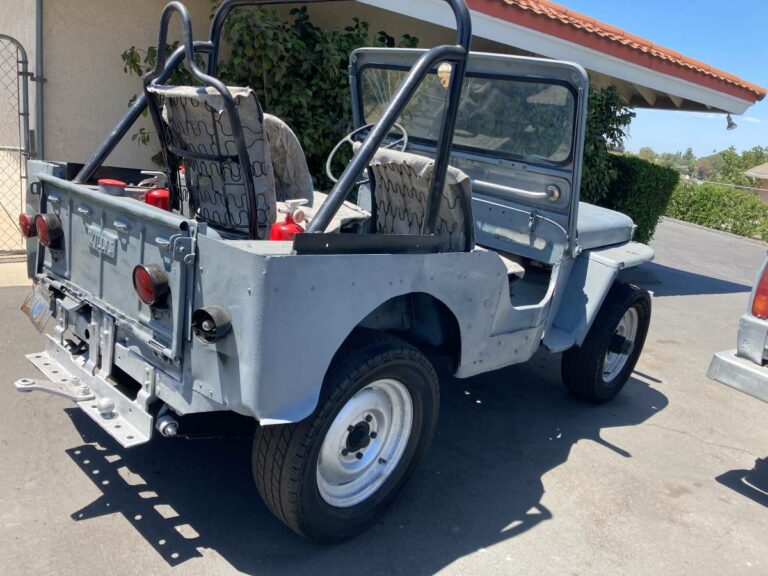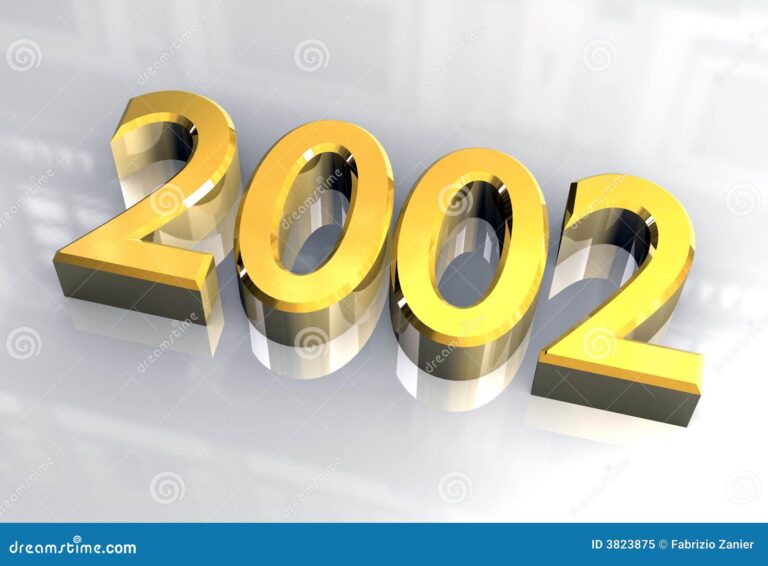Unleashing the Beast: A Comprehensive Guide to Jeep SRT8 HP Tuners
Unleashing the Beast: A Comprehensive Guide to Jeep SRT8 HP Tuners jeeps.truckstrend.com
The Jeep Grand Cherokee SRT8, a marvel of American engineering, blends the practicality of an SUV with the heart-stopping performance of a muscle car. With its powerful HEMI engine, it offers exhilarating acceleration and impressive handling for its size. However, for many enthusiasts, "stock" is just the beginning. The quest for more power, sharper response, and optimized performance often leads to the world of engine tuning, and among the most prominent tools in this arena are HP Tuners.
This comprehensive guide will delve into the intricacies of using HP Tuners for your Jeep SRT8, exploring the benefits, the process, critical considerations, and what you can expect when you decide to unlock your HEMI’s full potential. Whether you own a first-generation WK1 SRT8 with its 6.1L HEMI or a second-generation WK2 with the potent 6.4L, understanding HP Tuners is key to transforming your high-performance SUV into an even more formidable machine.
Unleashing the Beast: A Comprehensive Guide to Jeep SRT8 HP Tuners
What Are HP Tuners and Why Are They Essential for Your SRT8?
At its core, HP Tuners is a leading developer of diagnostic and tuning software for a wide range of vehicles, including the formidable Jeep Grand Cherokee SRT8. Their flagship product, the VCM Suite, comprises two primary components: VCM Editor and VCM Scanner, alongside a hardware interface like the MPVI2+ or MPVI3.
VCM Editor is the software interface that allows users to access and modify the Vehicle Control Module (VCM), or Engine Control Unit (ECU), of their SRT8. This is where the magic happens – parameters like fuel delivery, ignition timing, transmission shift points, throttle response, and even rev limiters can be adjusted.
VCM Scanner is the diagnostic and data-logging tool. It allows you to monitor live data from various sensors in your vehicle, read diagnostic trouble codes (DTCs), and record performance data. This data is absolutely crucial for effective tuning, providing insights into how the engine is reacting to modifications and tune changes.
The Hardware Interface (e.g., MPVI2+/MPVI3) acts as the bridge between your computer and your Jeep’s OBD-II port. It facilitates the reading of the stock tune, flashing modified tunes, and performing data logging.
Why are they essential for your SRT8?
The factory tune on your Jeep SRT8 is a compromise, designed to meet a broad range of requirements including emissions standards, fuel economy targets, and varying driving conditions, all while maintaining a healthy safety margin. While robust, it leaves significant performance on the table. HP Tuners allows you to:
- Unlock Hidden Power: Optimize fuel and ignition timing for peak horsepower and torque, especially with higher octane fuel.
- Improve Drivability: Sharpen throttle response, adjust transmission shift points for quicker, firmer shifts, and remove speed limiters.
- Accommodate Aftermarket Modifications: Essential for vehicles with upgrades like cold air intakes, long-tube headers, camshafts, superchargers, or turbochargers, where the factory tune would be inadequate or even dangerous.
- Enhance Fuel Efficiency (Potentially): While often associated with power gains, a well-optimized tune can, in some cases, improve fuel economy during cruising by fine-tuning air-fuel ratios.
- Diagnose Issues: Utilize the VCM Scanner for advanced diagnostics beyond generic OBD-II readers.

The Anatomy of HP Tuners for Your SRT8: Key Components
To effectively tune your Jeep SRT8 with HP Tuners, you’ll primarily interact with these core elements:
- MPVI Interface (MPVI2+, MPVI3): This is the physical device that connects your laptop to your vehicle’s OBD-II port. It’s the gateway for reading and writing tunes, and for logging data. The newer MPVI3 offers faster flashing speeds and improved connectivity.
- VCM Suite Software:
- VCM Editor: This is where you modify parameters within your vehicle’s ECU. It presents complex data in a user-friendly interface, allowing you to tweak fuel maps, spark tables, transmission settings, and much more.
- VCM Scanner: This component is vital for monitoring your engine’s performance in real-time. You can log parameters like RPM, manifold absolute pressure (MAP), oxygen sensor readings, fuel trims, knock retard, and much more. This data helps you understand how your engine is running and if your tune adjustments are having the desired effect.
- Credits: HP Tuners uses a credit system to license vehicles. Each vehicle requires a certain number of credits (typically 2-4 for a late-model HEMI) to unlock its ECU for tuning. Once credits are used on a specific vehicle, that vehicle’s VIN is permanently licensed to your MPVI interface, allowing unlimited flashes.
The Tuning Process: A Step-by-Step Guide
While professional tuning is always recommended for significant modifications, understanding the process is crucial for any SRT8 owner considering this path:
- Connect the MPVI Interface: Plug the MPVI device into your laptop via USB and into your Jeep’s OBD-II port. Ensure your laptop is fully charged or connected to power.
- Read the Stock Tune: Using VCM Editor, connect to your vehicle and "read" the factory calibration file from your SRT8’s ECU. This is your crucial baseline and safety net. ALWAYS SAVE A COPY OF YOUR STOCK TUNE IN A SAFE PLACE. This allows you to revert to factory settings if needed.
- License the Vehicle: If this is your first time tuning this specific SRT8, you will be prompted to "license" the vehicle using your HP Tuners credits.
- Modify the Tune (or Load a Pre-Made Tune):
- For DIY Tuners: Open your stock file in VCM Editor and begin making adjustments to parameters. This requires significant knowledge of engine mechanics and tuning principles. Start with conservative changes.
- For Pre-Made/Base Tunes: Many reputable tuners offer "canned" or "base" tunes for common modifications (e.g., cold air intake, exhaust). You would load this file into VCM Editor.
- Flash the New Tune: Once modifications are made, or a new file is loaded, "write" the modified tune back to your SRT8’s ECU using VCM Editor. Follow all on-screen prompts carefully. Ensure your vehicle’s battery is in good condition or connected to a charger during this process to prevent voltage drops.
- Data Log and Refine: This is the most critical and iterative part of custom tuning.
- Drive your SRT8 under various conditions (light throttle, wide-open throttle pulls, cruising).
- Use VCM Scanner to record vital engine data (e.g., air-fuel ratio, knock retard, timing advance, fuel trims, boost if applicable).
- Analyze the logged data in VCM Scanner. Look for signs of rich/lean conditions, excessive knock, or other anomalies.
- Based on the data, go back to VCM Editor, make further adjustments, and re-flash the ECU.
- Repeat this log-modify-flash cycle until the tune is optimized for performance, safety, and drivability.
Important Considerations and Best Practices
Tuning your Jeep SRT8 is not a trivial undertaking. Here are vital considerations to ensure a safe and successful experience:
- Safety First: Aggressive tuning without proper knowledge or supporting modifications can lead to engine damage. Always prioritize reliability over chasing maximum numbers.
- Professional vs. DIY: For basic bolt-ons, a well-researched base tune from a reputable source might suffice. However, for significant modifications (superchargers, cam upgrades, stroker motors), professional custom tuning by an experienced HP Tuners specialist is highly recommended. They have the expertise and dyno equipment to safely extract maximum power.
- Supporting Modifications: Your engine needs to breathe and fuel properly.
- Fuel System: Larger injectors, a boosted fuel pump, or a return-style fuel system are essential for forced induction or high-horsepower naturally aspirated builds.
- Cooling: An upgraded cooling system (radiator, thermostat, heat exchanger for supercharged applications) is crucial to manage increased heat.
- Exhaust & Intake: High-flow intake and exhaust systems allow the engine to inhale and exhale more efficiently, complementing tuning efforts.
- Datalogging is Paramount: Never flash a tune without the intent to data log its performance. Logs reveal how the engine is reacting and are indispensable for identifying issues or areas for improvement.
- Warranty Implications: Be aware that tuning your SRT8’s ECU will almost certainly void your powertrain warranty.
- Emissions Compliance: Depending on your local regulations, modifying your ECU can affect emissions compliance. Always check local laws.
- Fuel Octane: Performance tunes typically require higher octane fuel (91-93+ RON) to prevent pre-ignition (knock) and allow for more aggressive timing.
- Transmission Tuning: Don’t overlook the transmission. Optimizing shift points, line pressure, and torque converter lock-up can dramatically improve the driving experience and put power to the ground more effectively.
Types of SRT8 Tunes and Tuning Approaches
The type of tune you need depends heavily on your SRT8’s modifications and your goals:
- Basic Performance (Street Tune): For stock or lightly modified SRT8s (cold air intake, cat-back exhaust). Focuses on optimizing factory parameters for 93 octane, sharper throttle, and improved shift logic.
- Bolt-On Tune: For SRT8s with headers, larger throttle bodies, or mild cam upgrades. Requires more significant adjustments to fuel, spark, and potentially transmission.
- Forced Induction Tune (Supercharger/Turbo): The most complex and critical tuning. Requires precise control over fuel delivery, ignition timing, and boost pressure. Often necessitates upgraded fuel systems, cooling, and sometimes internal engine components. This must be done by a professional.
- Camshaft/Heads Tune: Aftermarket camshafts and cylinder heads significantly alter engine airflow. The tune must compensate for these changes to maintain drivability, idle quality, and optimize power.
- Transmission-Only Tune: Some tuners offer standalone transmission tunes to improve shift firmness, speed, and torque converter lock-up without altering engine parameters. This can be beneficial even on stock engines.
Potential Challenges and Solutions
- Learning Curve: HP Tuners VCM Suite is powerful but complex. Expect a steep learning curve if you’re new to tuning.
- Solution: Utilize online forums (HP Tuners official forum, SRT/HEMI-specific forums), YouTube tutorials, and consider taking a basic tuning course.
- "Bricking" the ECU: While rare with modern interfaces, an interrupted flash can corrupt the ECU, rendering it inoperable.
- Solution: Always ensure a stable laptop battery/power source and a good connection. Avoid disconnecting the MPVI interface during a flash.
- Finding a Reliable Tuner: Not all tuners are created equal.
- Solution: Research thoroughly. Look for tuners with extensive experience specifically with HEMI engines and HP Tuners. Read reviews, ask for references, and inquire about their tuning philosophy.
- Heat Management: Increased power generates more heat, especially in the SRT8’s confined engine bay.
- Solution: Invest in an upgraded cooling system, consider hood vents, and monitor engine temperatures via VCM Scanner.
Practical Advice and Actionable Insights
- Start Small, Learn Big: If you’re new to tuning, begin with conservative adjustments or a reputable base tune. Monitor your data logs diligently.
- Invest in Data Logging: A wideband oxygen sensor is a highly recommended addition for accurate air-fuel ratio monitoring, especially for more aggressive tunes.
- Don’t Chase Numbers Blindly: Prioritize a safe, reliable, and drivable tune over peak horsepower figures that might compromise engine longevity.
- Join the Community: HEMI and SRT forums are invaluable resources for advice, shared experiences, and finding reputable tuners.
- Budget for Supporting Mods: A proper tune is only as good as the hardware it controls. Don’t cheap out on fuel systems, cooling, or quality aftermarket parts.
Jeep SRT8 HP Tuners Price Table (Estimated)
Please note: Prices are estimates and can vary significantly based on vendor, sales, and the specific needs of your vehicle or tuner’s expertise. Custom tuning costs depend on complexity and the tuner’s rates.
| Component/Service | Description | Estimated Price Range (USD) | Notes






